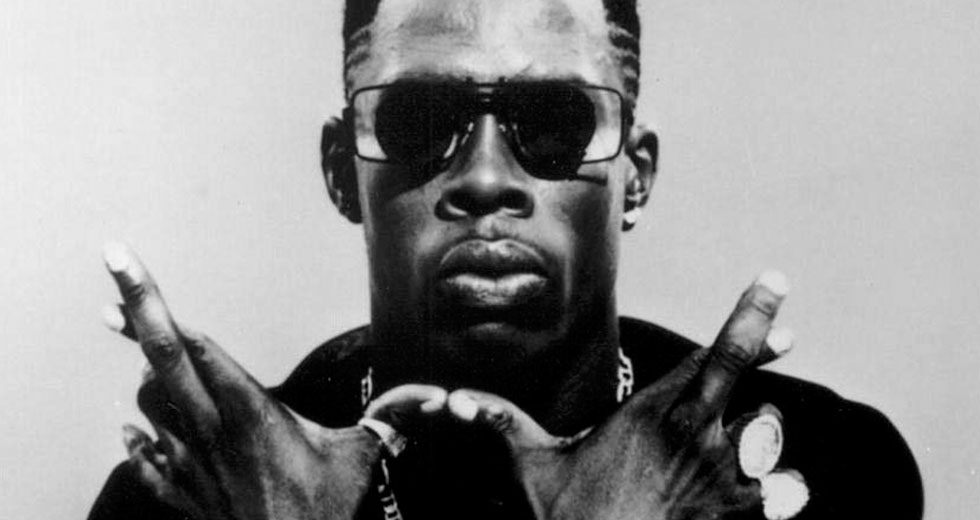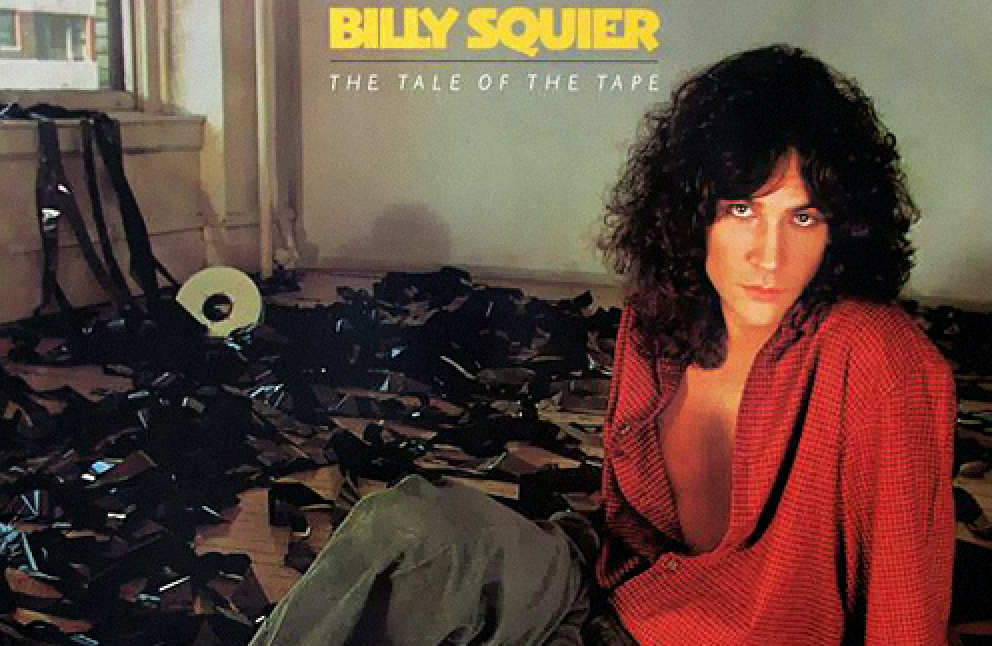Scorpio: A Loop History
When people think of jungle and drum & bass, the one break that most often comes to mind is the Amen. But, as Laurent Fintoni explains, Scorpio was perhaps just as influential
These are the breaks. And the break(beat)s are the backbone of hip hop, giving the music its early rhythmic foundation. Among hip hop’s staple breaks is Scorpio, a 1971 single from Dennis Coffey & The Detroit Guitar Band’s Evolution album. Scorpio was canonised in hip hop’s breakbeat lore through its inclusion on the first volume of Paul Winley’s Super Disco Brakes in 1979. Perhaps the most interesting thing about Scorpio, though, is its life after hip hop. Unbeknownst to many, Scorpio went from hip hop to house and techno and into jungle and drum & bass, enjoying a quiet yet enduring success for decades.
Evolution was Coffey’s first solo project. It came after a few years of work as a session musician in Detroit in the late ’60s as part of the legendary Motown-soundtracking Funk Brothers studio band. Speaking in 2008 at Red Bull Music Academy, Coffey remembered the initial reception of Evolution. “For the first year nothing [happened]. I thought, ‘This is great. I’m trying to get something going and nothing’s happening.’” Coffey moved on to other projects until he received a call from the label. They wanted to re-service the record after hearing that Scorpio was “tearing the roof off” clubs around the country. “I [was] sitting in a bar in Detroit, the record was number 13 and the next week they’re going up the charts […]. It went from 13 to #1.” The instrumental single went on to sell over a million copies.
Scorpio found a new audience later on in the decade through the park jams and early parties that birthed hip hop in New York City. For London-based drum & bass producer Charlie Fracture, who fell in love with the break in the late ’90s, the roots of Scorpio’s enduring appeal lie in those early days of breakbeat culture. “It’s a b-boy break. Because it’s long, it would have been easy to double up or play as it was. [It’s the] same way Apache got so popular.” Fracture’s got a point about its length: In the original “Scorpio,” the break lasts a whole 24 bars, followed by another minute-and-a-half where bassist Bob Babbitt joins in. That’s over half the song dedicated to just drums and bass. The rhythmic heat is cooked up by drummers Uriel Jones and Richard Allen, with Eddie Brown on congas and Jack Ashford on tambourine. “The original break is wide stereo, hi-hats over in one channel, kicks and snares in another,” Fracture told me. “That gives you a lot of options.”
I think that’s what broke Scorpio… I had the guitar parts out in the open – they could grab it, sample it and then loop it.
Aside from the break, Scorpio also possesses another element that made it popular with producers: the main motif. A decrescendo guitar riff featuring nine overdubbed guitar lines and a baritone sax, this motif is Coffey’s stamp on the track. Most importantly it was left open right at the beginning, uncluttered and thus ripe for sampling. “I think that’s what broke Scorpio, and a lot of my records,” Coffey acknowledged. “I had the guitar parts out in the open – they could grab it, sample it and then loop it, make other records around it.”
With hip hop moving from the parks to the studios, Scorpio was used throughout the 1980s by artists as diverse as Public Enemy, Young MC and Geto Boys. By the end of the decade, though, the motif can be heard in a string of early house music 12-inches from New York City, indicating the song’s appropriation by a new generation of dance music producers. In 1990, Moby used the conga part of the break to propel his debut single, “Mobility,” while Arthur Baker blended it into the groove of Soul Rebellion’s “Simple Rhythm.”
Across the pond in London, Kicksquad used it for the intro to “Soundclash (Champion Sound)” marking what is one of the first uses of Scorpio in UK rave music. Kicksquad were a duo from Essex that included a young Kevin Ford who a few years later would become a driving force within jungle as DJ Hype. Scorpio’s journey within jungle and drum & bass begins in 1992, as the genres emerged from the splintering of the UK hardcore sound. Scorpio appears in Secret Squirrel’s “Mu-Venom” – which most likely used Double Dee & Steinski’s “Lesson 3” instead of the original – and The Prodigy’s “Ruff In The Jungle Bizness (Uplifting Vibes Remix),” a proto-jungle anthem. In 1994, Engineers Without Fear used it for “Spiritual Aura,” which Fracture regards as “one of the more subtle layering[s] of the loop,” and Roni Size and DJ Die used it as the backbone for their jazzy classic, “Music Box.”
While London is the first location Scorpio made its way into UK dance music, it’s another English city that served as the birthing ground for the break’s importance and endurance within jungle and drum & bass: Bristol. The Full Cycle crew, consisting of Roni Size, DJ Die, SUV and DJ Krust, came together through a mutual appreciation of hip hop and a dedication to breaks. Krust described their early mission as one of breakbeat exploration, pulling from their vast record collections. “We made it a science to study how to get the perfect break to work at 175 BPM.” The aim was to get hip hop breaks to sound good at an increased speed. It was Scorpio’s versatility – unusual kicks and snares, tambourines, rolls and shuffles – that appealed to them. Alongside Hot Pants and Amen, Scorpio became one of the Bristol gang’s “stock” breaks.
Really we were just trying to make hip hop. I know I tried to make hip hop, but it came out like jungle!
From 1996 until 2000 the Scorpio break can be found across the collective’s releases, from their Dope Dragon sub label to the chart-topping Reprazent project. It even (half-)lent its name to one of the crew’s many aliases, the duo of Roni Size and DJ Die. (The two producers are also both Scorpios.) Despite my best efforts, I couldn’t find any other jungle / drum & bass releases from that particular period with Scorpio in it, a fact that – while unconfirmed – lends credence to Bristol’s ownership of the break at the time. For Krust, the ethos of Full Cycle in those early days was aligned with b-boy culture. “We needed to be first, we needed to break something new, to be original. And that came from hip hop. And really we were just trying to make hip hop. I know I tried to make hip hop, but it came out like jungle!”
When people think of jungle and drum & bass, the break that most often comes to mind is the Amen, arguably the music’s most used breakbeat. Krust pointed to the Amen’s popularity as another reason why Scorpio became a favourite in Bristol. “Amen was for the boys. It smashes up the dance. Girls love it, but really it’s a man’s break,” he explained with a smile. Full Cycle wanted to find a way to achieve a different effect. Bristol’s parties provided the perfect experimental ground. “Watch people move when Scorpio drops. Girls move differently, there’s bubbles, different shakes. Scorpio had impact without taking over the track. It’s subtle, a creeper. It did things to people and they wouldn’t know why.”
Two tracks from Scorpio’s Bristol era sum this up nicely. One is DJ Die’s “Drop Bear,” which harnesses the conga loop’s furious energy beneath drum & bass’ 2-step drum pattern to build momentum. The other is the Ed Rush & Optical remix of Reprazent’s “Watching Windows,” which once again uses the 2-step pattern, but this time in combination with the drum part.
Over the next decade, Scorpio continued to be used by many of the scene’s most recognisable names. Loxy’s “Kaos Theory,” released in 2001 on Renegade Hardware, provides a menacing example of the break being used. Most interestingly, though, is another geographical jump circa 2003 with Scorpio underpinning a string of productions by Cambridge’s Nu:Tone and Commix, including the former’s remix of Lenny Fontana’s house anthem “Spread Love.”
In 2013, 42 years after the original first topped the charts, Scorpio can still be found lurking in the corners of the drum & bass scene, once again with a b-boy edge to its sting. First was Paradox, whose track “Scorpius” is an homage to the break’s legacy. A long-standing evangelist of breakbeat science, Paradox ran the break through a seven-minute long series of tough edits. The matrix on the 12-inch release of the record reads: A BBOY CULTURE SAMURAI STYLE / JUST SAMPLE VINYL BREAKS - IT ADDS CHARACTER - DONT BE LAZY.
In direct contrast to “Scorpius” is “Death of Scorpio” by Dawn Day Night, released on Fracture’s Astrophonica label. Based primarily around the riff and intermittent use of the conga loop, “Death of Scorpio” re-imagines the original through the lens of footwork. The result makes for the perfect imaginary soundtrack to a dance battle between Chicago’s footworkers and NYC’s breakers, proving – despite its name – that there’s still life in this break, more than 40 years after it was first laid to tape.
Note: Dennis Coffey’s “Scorpio” and the similar-sounding “Son of Scorpio” were sometimes interchangeably referred to as “The Scorpio Break” within the drum & bass scene.

